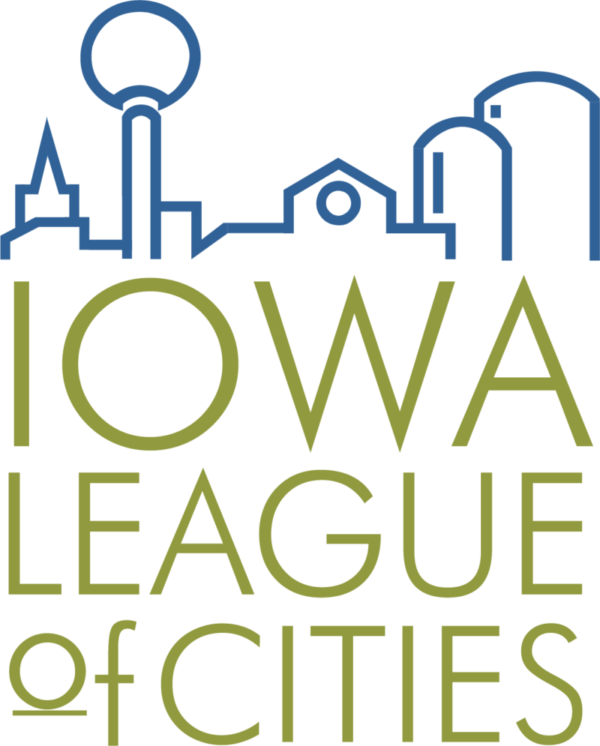If a governmental issuer such as a city, county, utility, rural water district or school district (the “issuer”) is planning a project which may or will be paid in whole or in part with proceeds from tax-exempt bonds, notes or other obligations (the “bonds”), it is important to adopt a reimbursement resolution early in the process. This allows the issuer to reimburse eligible project expenditures that it paid prior to the closing of the bonds from other funds of the issuer, such as the general fund.
It is not uncommon for an issuer to start paying certain project costs, such as architect fees, survey and soil testing costs and initial site work costs prior to the receipt of bond proceeds. The reimbursement of project expenditures paid prior to the issuance of the bonds from those bond proceeds is subject to certain reimbursement rules. The failure to adopt a reimbursement resolution and to comply with the reimbursement rules could preclude the reimbursement of those project expenditures from the bonds.
Reimbursement Rules for Governmental Issuers
In order for an issuer to reimburse itself for expenditures paid for a project, such as costs to acquire, construct or improve land, buildings and equipment, the following general rules govern whether these expenditures are eligible for reimbursement:
Notice of Official Intent
An issuer must declare its intent to reimburse the expenditure with proceeds of a future bond issue. The declaration must be in the form of one of the following: (1) a resolution, (2) legislative authorization, or (3) a statement by an appropriate representative of the issuer. The official intent must:
- Identify the project for which the expenditure is paid (e.g. street improvement project, equipment acquisition, building renovation) or the fund (by name and functional purpose) from which the expenditure will be paid. The project described in the official intent must be “reasonably related” in function to the actual project.
- List the maximum principal amount of the bonds expected to be issued.
The notice of official intent is most often accomplished by a resolution of the governing body of the issuer, either with a specific “reimbursement resolution” or by the “set hearing” resolution that sets the date for the public hearing on the issuance of the bonds and also contains the foregoing requirements of the notice of official intent. For purposes of this article, the notice of official intent is referred to hereinafter as the “Reimbursement Resolution.”
60-Day Cutoff
Expenditures paid within 60 days prior to the issuer’s Reimbursement Resolution or thereafter are generally reimbursable (subject to paragraph (3) below). Any expenditures paid before this 60-day cutoff may not be reimbursed from proceeds of the bonds, except as otherwise discussed below under “Exceptions.”
18-Month/3-year Reimbursement Allocation Time Period
With some exceptions, the expenditures must be reimbursed within 18 months of the later of: (1) the date of the expenditure; or (2) the date the project (or portion thereof) is placed in service or abandoned, but in no event more than three years after the date of the expenditure. If the issuer is a “small issuer” under the federal tax code, the 18-month cutoff is extended to three years and the three-year maximum reimbursement period is disregarded. Additionally, certain long-term projects may be eligible for a 5-year maximum reimbursement period.
Exceptions
While the general rule is that expenditures paid prior to the 60- day cutoff are not eligible to be reimbursed by bond proceeds, the following are exceptions to this general rule:
Preliminary
Expenditures An issuer may reimburse preliminary expenditures, including architectural, engineering, surveying, soil testing, reimbursement bond issuance and similar costs paid prior to the 60-day cutoff. These preliminary expenditures do not include costs incident to commencing the project, such as land acquisition and site preparation (i.e., moving dirt). Preliminary expenditures reimbursed by bond proceeds may not exceed 20 percent of the issue price of the bonds.
Example: If the issuer pays invoices for the architect for the project ($100,000) and for site preparation, including dirt work/grading and installation of footings ($150,000) for a new building project for which bonds will be issued in the amount of $9,000,000 without a premium or discount, and such invoices are paid 100 days prior to the adoption of a Reimbursement Resolution, the payments for the architect are preliminary expenditures under the rules and can be reimbursed by bond proceeds so along as all reimbursed preliminary expenditures do not exceed $1,800,000 (20 percent of the bond issue price). However, the $150,000 for the dirt work/grading and installation of footings are not preliminary expenditures and cannot be reimbursed under this exception.
De Minimis
Expenditures An issuer may reimburse de minimis expenditures, including (1) bond issuance costs and (2) an amount not more than the lesser of 5 percent of the issue price of the bonds or $100,000.
Example: Given the same facts as above, $100,000 of the $150,000 dirt work/grading and installation of footings expenditures would qualify under the de minimis expenditures exception. However, no other de minimis expenditures could be reimbursed by the bonds (except costs of bond issuance).
The issuer should adopt a Reimbursement Resolution as early in the budget and construction process as possible to maximize and protect its ability to reimburse itself for project costs paid prior to the issuance of the bonds. The issuer must have a reasonable expectation to issue the bonds, and the declaration of its intent in the Reimbursement Resolution must be reasonable, but the Reimbursement Resolution does not bind the issuer to close and issue the bonds. The failure to adopt a Reimbursement Resolution for expected projects can jeopardize the issuer’s ability to reimburse expenditures paid prior to the closing of the bonds. Adopt a Reimbursement Resolution as soon as possible to maximize options to reimburse project costs paid prior to the issuance of bonds.
Content provided by Cristina Kuhn, partner, and Brian Damman, associate, attorneys in the Public Finance Department in the Des Moines office of Dorsey & Whitney LLP. This page is intended for general information purposes only and should not be construed as legal advice or legal opinions on any specific facts or circumstances.






